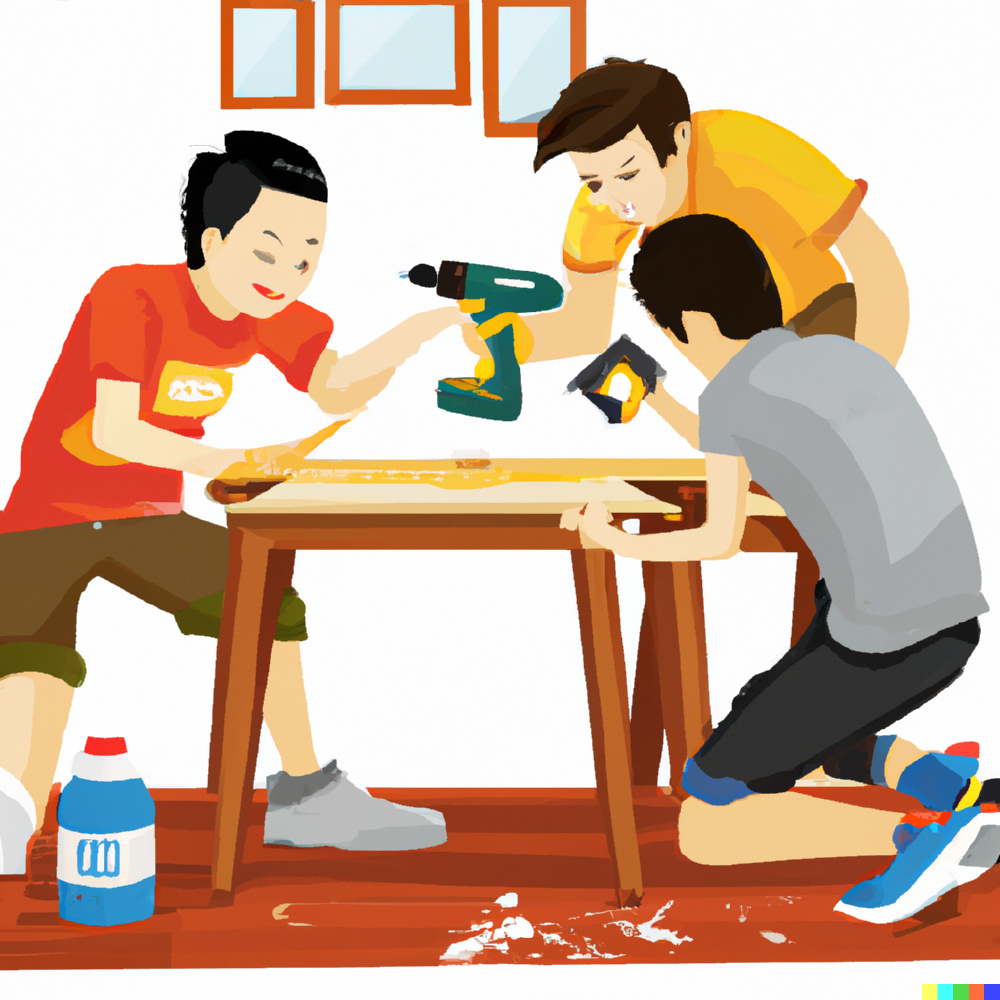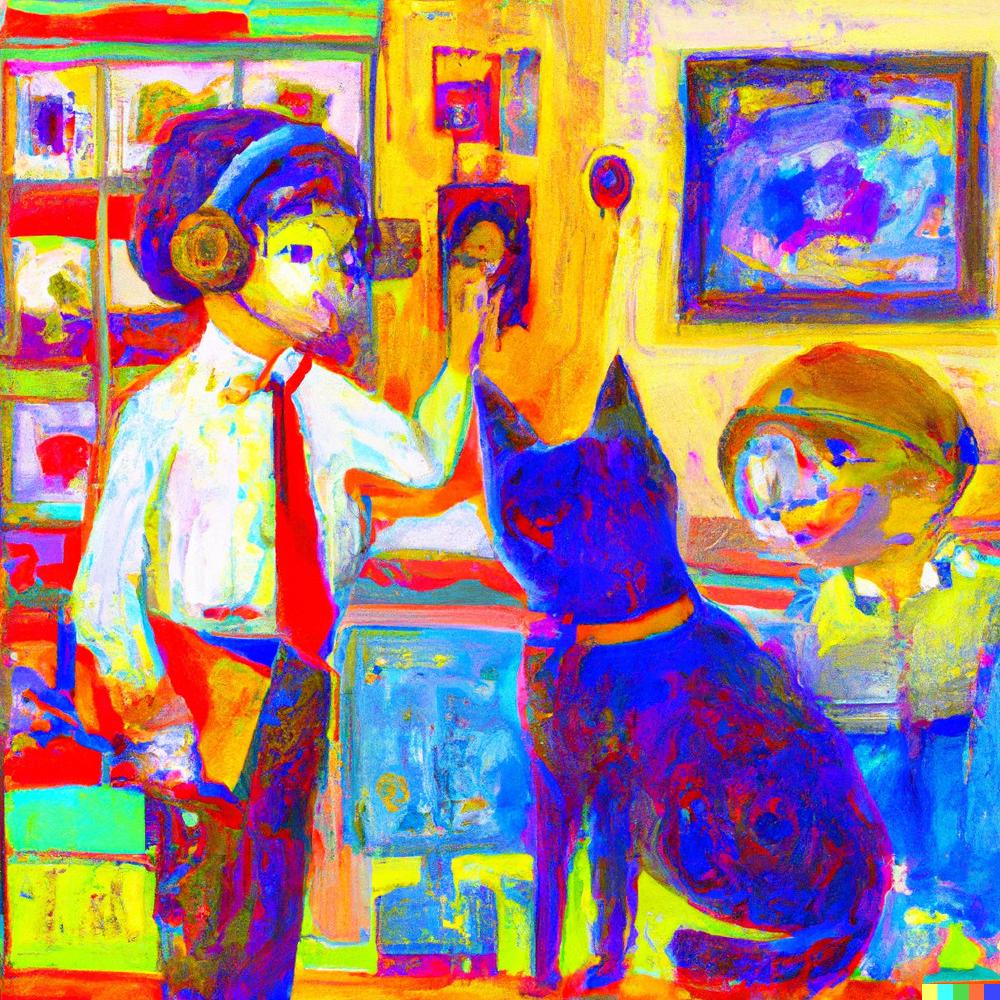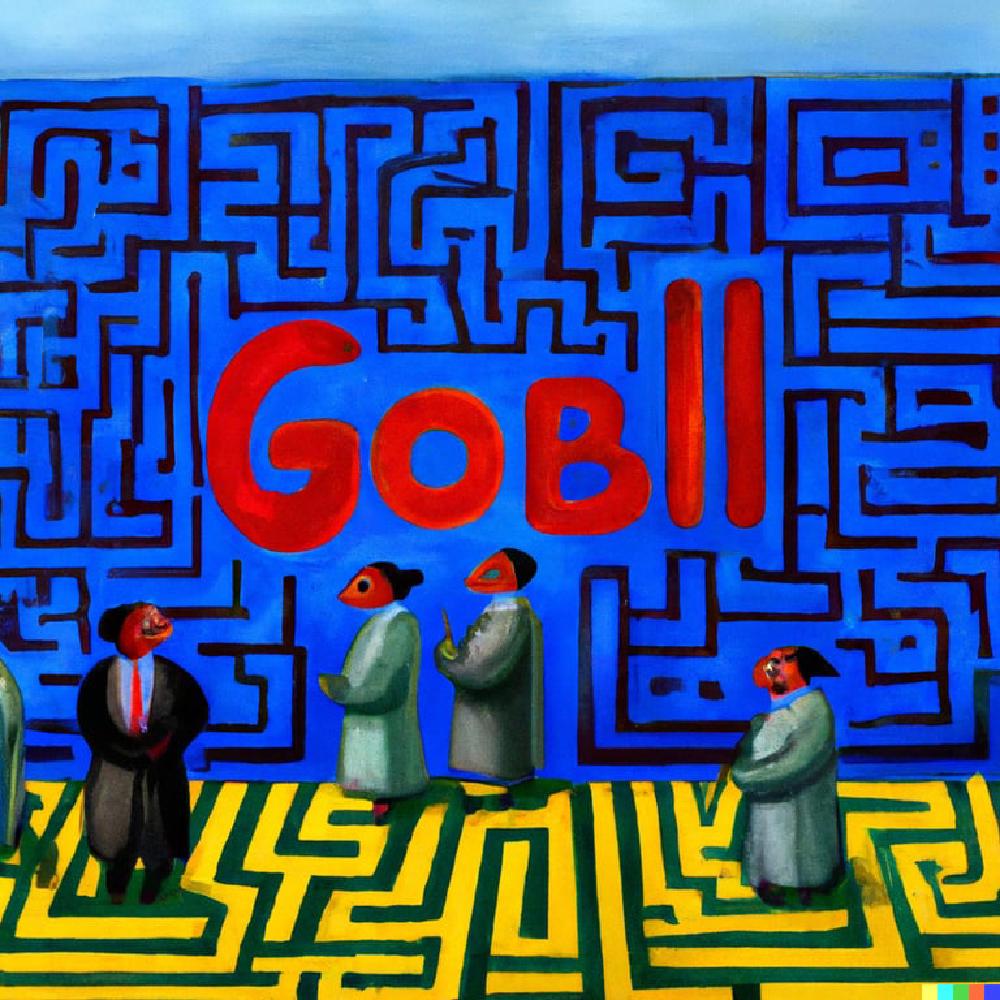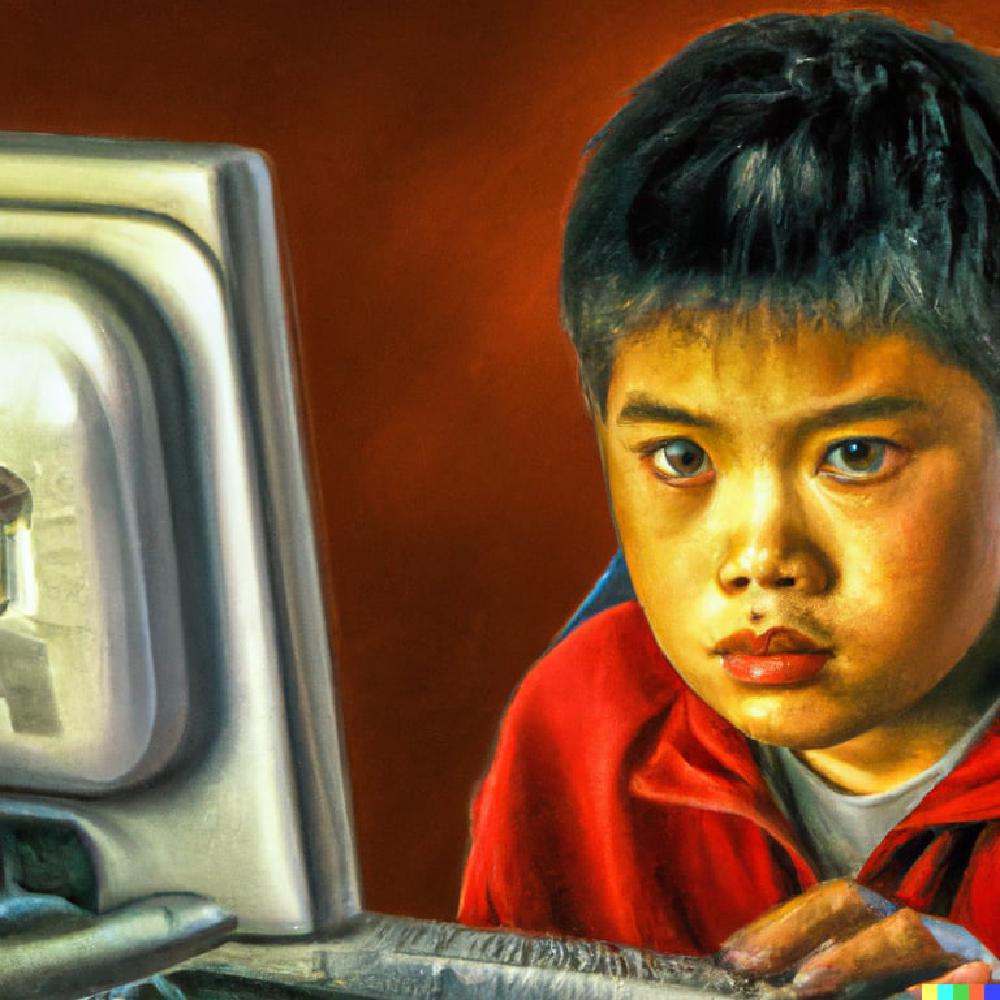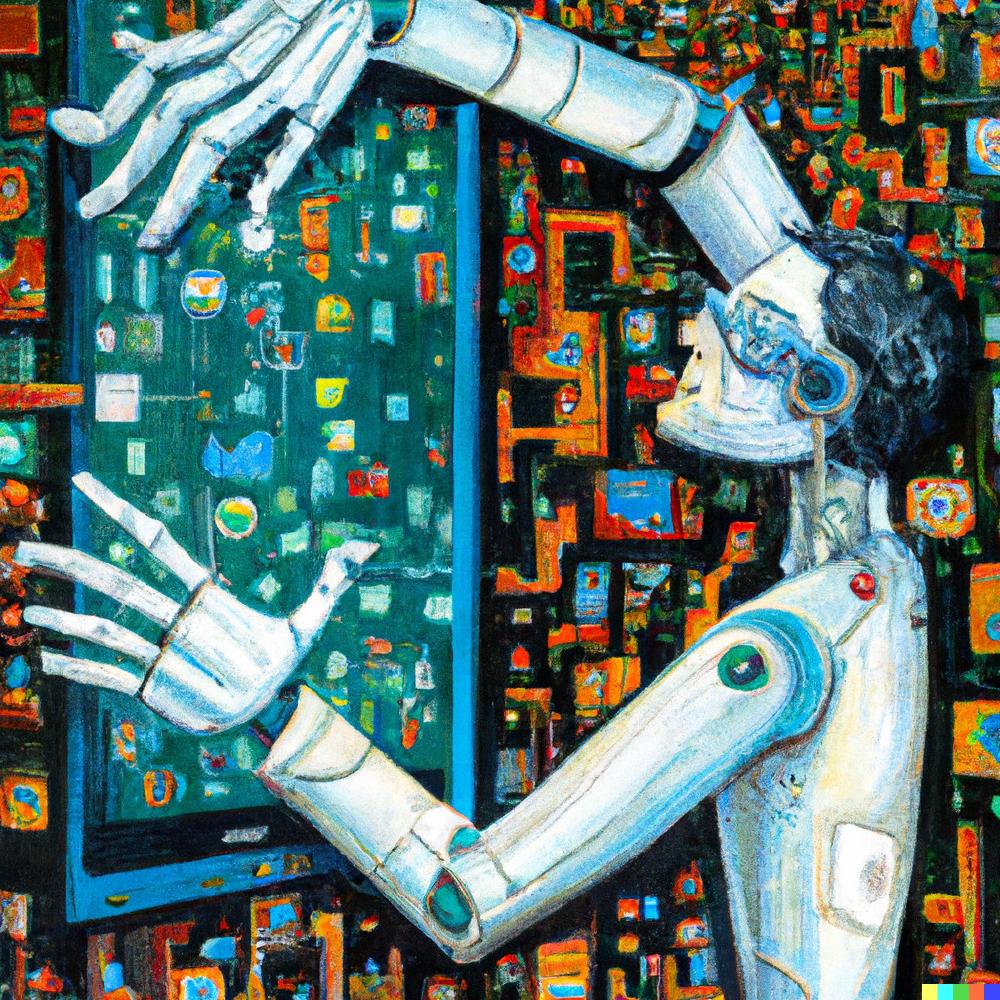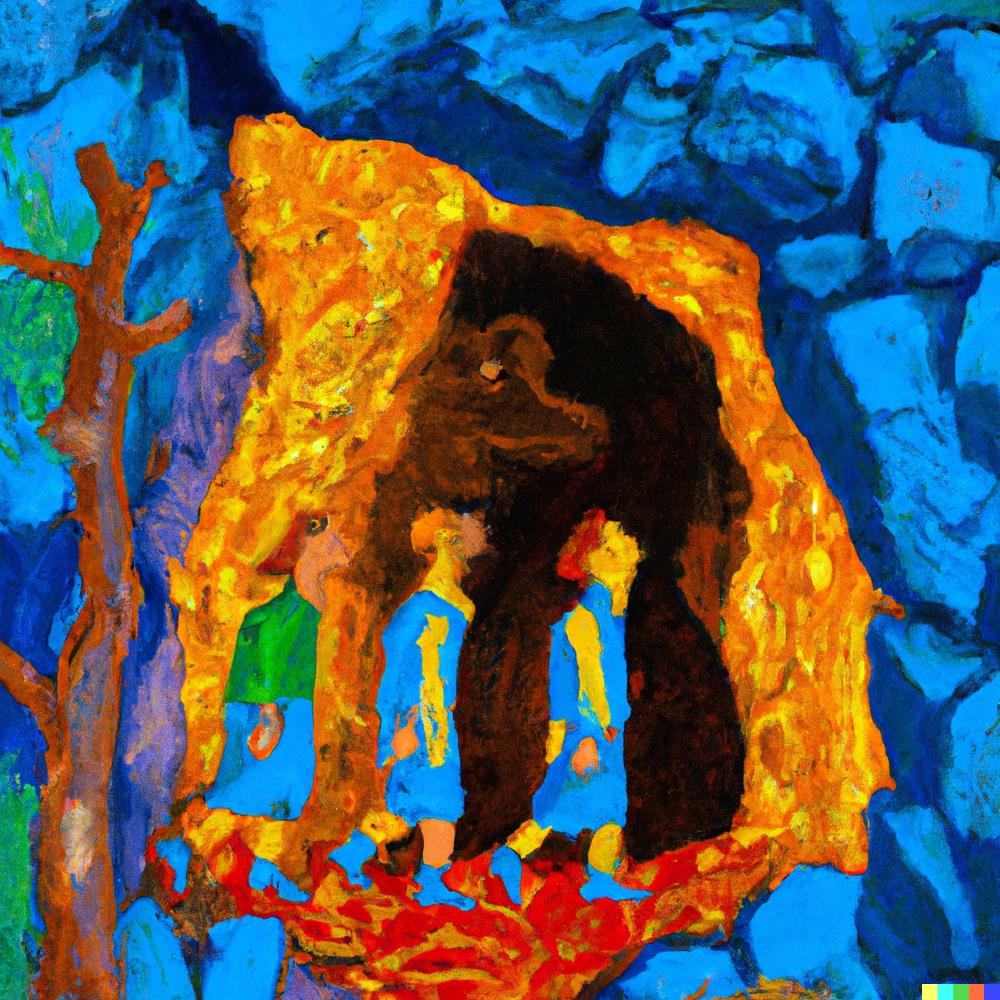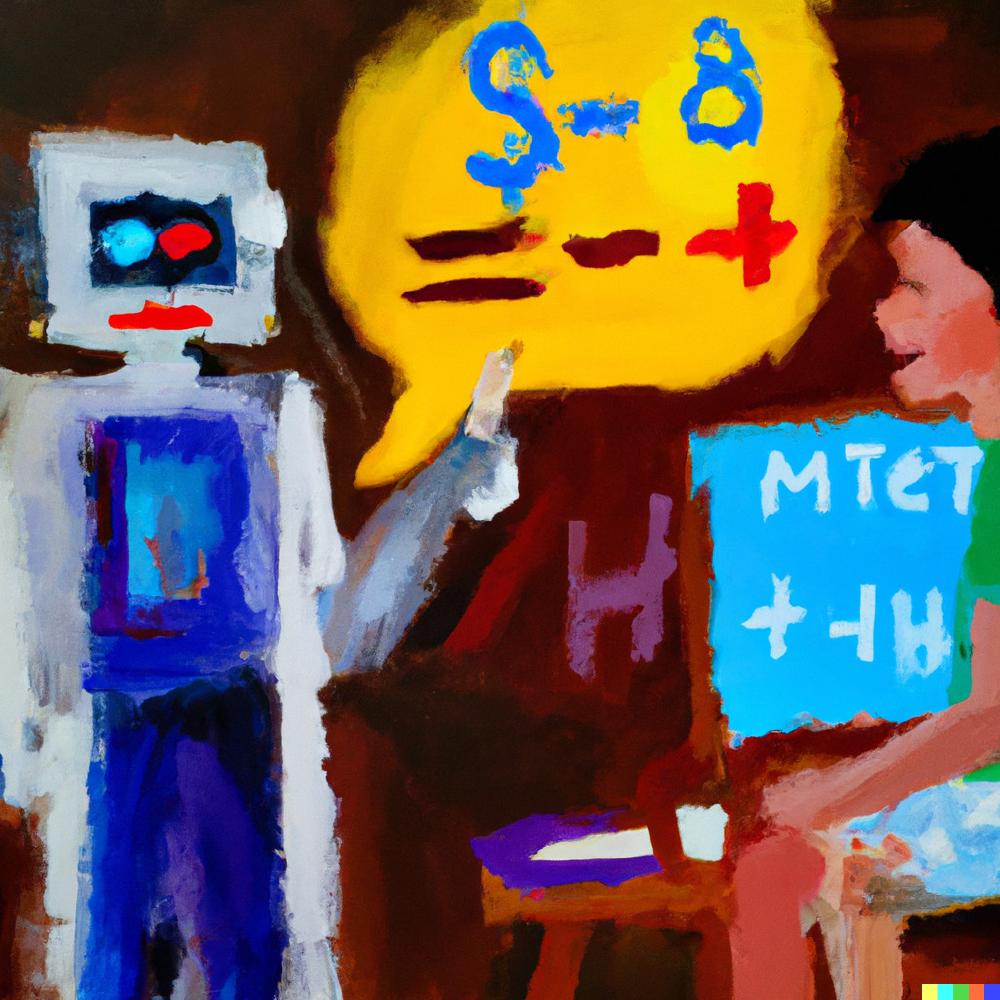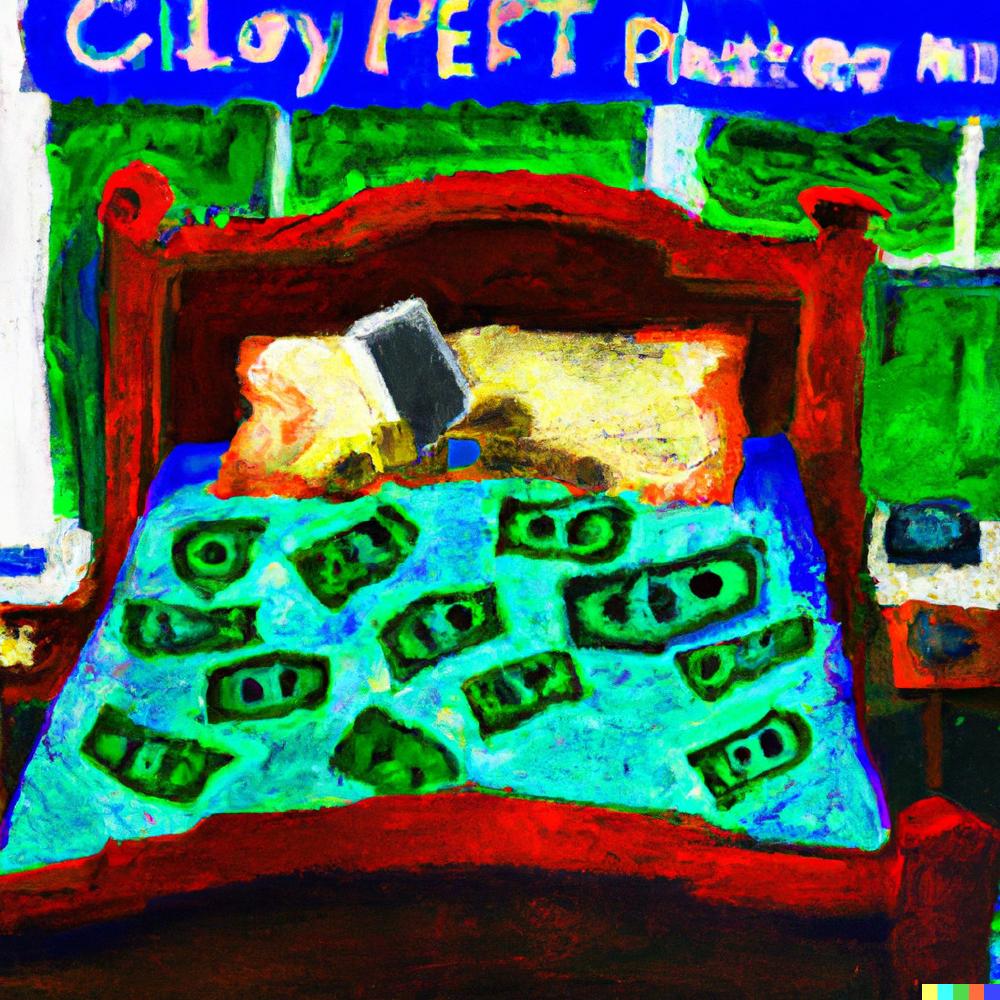Jen, Koon, and Sel sat at their kitchen table, discussing how they could make money while they slept. They had heard about something called “passive income” and were eager to learn more.
Jen, the oldest of the three brothers, had done some research and was excited to share his findings. “Guys, I’ve been reading about passive income, and it’s all about making money without having to actively work for it. There are so many ways to do it, like investing in stocks, renting out property, or starting a business. But I think we should try something new. Have you heard of ChatGPT?”
Koon and Sel shook their heads, curious about what ChatGPT was all about. “What’s ChatGPT?” Koon asked.
“It’s an artificial intelligence language model that can answer people’s questions and provide information,” Jen explained. “And the best part is that we can create content for it and make money when people use it. It’s called affiliate marketing, and we’ll earn a commission every time someone clicks on a link or buys a product through our ChatGPT content.”
Koon looked skeptical. “But how do we create content for ChatGPT?”
“We can write articles, create videos, or record podcasts about different topics and include links to products that are related to the content,” Jen said. “We just need to make sure that our content is high-quality and provides value to people.”
Sel looked excited about the idea. “I want to make videos about animals and include links to pet toys and food!”
Koon nodded. “And I could write articles about technology and gadgets.”
Jen smiled, pleased with his brothers’ enthusiasm. “Great ideas, guys. Let’s get started on creating our ChatGPT content and see how much passive income we can generate.”
And so, the three brothers set to work, creating high-quality content that would provide value to people and earn them passive income through ChatGPT’s affiliate marketing program. With their determination and creativity, they knew they could make money while they slept and achieve their goal of financial independence.
As Jen, Koon, and Sel got to work creating their ChatGPT content, they realized that it was harder than they had expected. They had to do research on different topics, write or record engaging content, and figure out which products to promote.
Jen was in charge of editing the content and making sure it was high-quality. Koon helped with the research and Sel was the creative force behind the videos and podcasts.
As they worked, they discovered that they enjoyed creating the content and learning about new topics. They found themselves spending more and more time on their ChatGPT projects, even when they weren’t earning any money yet.
But after a few weeks, they started to see some results. They had created several articles and videos that were generating traffic and clicks on their affiliate links. They were making a small amount of money, but it was a start.
Excited by their success, Jen, Koon, and Sel decided to invest more time and energy into their ChatGPT projects. They came up with new ideas for content and ways to promote it on social media and other platforms.
They also started to learn more about other ways to generate passive income, like investing in stocks and real estate. They decided to start a stock portfolio and put some of their earnings into a savings account to eventually invest in property.
As they continued to work on their ChatGPT content, they found that they were becoming more and more knowledgeable about different topics. They had become experts in their fields, and people were starting to recognize them for their expertise.
They even started to get messages from fans who enjoyed their content and appreciated the value they provided. It was a great feeling to know that they were making a difference in people’s lives and earning money while they slept.
Jen, Koon, and Sel realized that creating passive income wasn’t just about making money. It was also about learning, growing, and having fun. They continued to work on their ChatGPT projects, enjoying the journey and looking forward to the future.
And with each new project, they got better and better at creating high-quality content and generating passive income. They had found a way to make money while they slept, and they were excited to see where their new skills and knowledge would take them.
As Jen, Koon, and Sel continued to work on their ChatGPT projects, they began to think about how they could use their skills to help other kids. They realized that they had become quite good at research, writing, and creating engaging content, and thought that they could use these skills to help other students improve their skills in math.
Jen remembered how difficult he found math when he was younger, and how he had struggled to keep up with his classmates. He knew that there were probably other kids who were going through the same thing and who could benefit from some extra help.
Koon suggested that they create a series of videos that explained different math concepts in a fun and easy-to-understand way. “We could use toys and games to help illustrate the concepts,” he said. “Like using Legos to explain addition and subtraction.”
Sel was excited about the idea and suggested that they create a website where kids could take quizzes and tests to see how well they understood different math concepts. “And we could create a leaderboard to show who’s doing the best,” he said. “It would be like a game!”
Jen thought it was a great idea and suggested that they start with some basic concepts like addition and subtraction, and then move on to more advanced topics like algebra and geometry. They could also create a blog where they shared tips and tricks for studying math and staying motivated.
Over the next few weeks, they worked hard on creating their math content. Koon created the videos, Sel designed the website, and Jen wrote the blog posts. They also started promoting their content on social media and other platforms.
As they worked on their math content, they discovered that they were becoming more and more passionate about helping other kids. They started to get messages from students who were struggling with math and who were grateful for the help they were providing.
One day, they received an email from a teacher who had discovered their website and was using it in her classroom. She thanked them for creating such engaging and fun content and said that her students were really benefiting from it.
Jen, Koon, and Sel were thrilled to hear that their content was making a difference. They continued to work on their math projects, adding new videos and quizzes, and expanding their content to cover more advanced topics.
And as they worked, they realized that they had found a way to use their skills and passions to help others while also earning passive income. They were proud of what they had accomplished and excited to see where their new project would take them.
